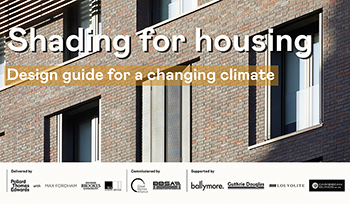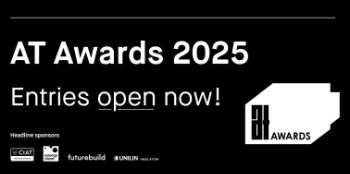Roasting
Roasting, in relation to material science is a process by which a material, usually a metal ore is heated to extreme temperatures in excess air, or heated in very hot air, in order to burn off impurities. It is a form of pyrometallurgy, which also includes other thermal treatments such as smelting and calcination. During roasting the material reaction is hotter than the surroundings and thus releases heat (exothermic) unlike calcination where the treated material remains cooler than its surroundings thus absorbing heat (endothermic).
There are many different types of roasters which have developed from the early open hearth roasters to furnace based or closed systems, some of these include; fluidised bed roasters, multiple hearth roasters, flash roasters, chlorinators, rotary kilns and blast roaster (or sinters). The different types of roasters and roasting methods are often referred to by the specific reaction and thus the product being sought, some of these are listed here;
- Oxidising roasts remove all or part of the sulphur from sulfide metal compound. The sulfide mineral, sulfide is converted to an oxide, and the gas sulphur dioxide is released, which can be used to used to produce sulfuric acid and to process for example in zinc, copper and nickel from their mineral ores.
- Sulfatizing roasts result in the formation of metallic sulfates (instead of oxides) from sulfides, and are used to process for example in zinc, copper and nickel from the mineral ore.
- Reduction roasts reduce or completely remove the oxide material the metal, effectively removing oxygen from a component of an ore, usually through the use of carbon monoxide (CO) - this is used iron ores. It has a very close relationship with the smelting process, also called reduction smelting.
- Chloridizing roasts change metallic oxides into chlorides through oxidation or reduction, by heating them with a chlorine solution such as chlorine gas, hydrochloric acid gas, ammonium or sodium chloride. Metals such as titanium, uranium and berylium are processed this way.
- Volatizing roasts eliminate unstable oxides by converting them to gas. This is used to produce zinc oxide and arsenic trioxide.
Other forms of roasting include what is called magnetic roasting and sinter roasting. Together all of these methods create environments to separate, process or purify materials through oxidation, reduction, chlorination, sulfation, or pyro-hydrolysis. These processes are used to purify high value metals such as gold, silver, and platinum as well as industrial metals such as zinc, copper, lead, and nickel in particular from sulfide minerals.
Apart from the emissions related to fuel sources, the processes themselves, in particularly the earlier open hearth methods, released large amounts of toxic gases and substances into environments local to the process plants, these pollutants significantly impact natural ecosystems in the vicinity for decades.
The production and smelting of ores is included by reference in The Environmental Permitting (England and Wales) Regulations 2016. The environmental impact of mining and processing of metal ores is an extremely complex issue due to the broad nature of different metals. Whilst the levels of recycled metals has increased, the impacts of mineral mining remain significant. Full life cycle assessments and Environmental Product Declarations (EPDs) for specific materials covering various impacts through the life cycle are the most assured way to assess the environmental impact of a product, in particular one with numerous processing steps.
[edit] Related articles on Designing Buildings
Featured articles and news
Editor's broadbrush view on forms of electrical heating in context.
The pace of heating change; BSRIA market intelligence
Electric Dreams, Boiler Realities.
New President of ECA announced
Ruth Devine MBE becomes the 112th President of the Electrical Contractors Association.
New CIAT Professional Standards Competency Framework
Supercedes the 2019 Professional Standards Framework from 1 May 2025.
Difficult Sites: Architecture Against the Odds
Free exhibition at the RIBA Architecture Gallery until 31 May.
PPN 021: Payment Spot Checks in Public Sub-Contracts
Published following consultation and influence from ECA.
Designing Buildings reaches 20,000 articles
We take a look back at some of the stranger contributions.
Lessons learned from other industries.
The Buildings of the Malting Industry. Book review.
Conserving places with climate resilience in mind.
Combating burnout.
The 5 elements of seiri, seiton, seiso, seiketsu and shitsuke.
Shading for housing, a design guide
A look back at embedding a new culture of shading.
The Architectural Technology Awards
The AT Awards 2025 are open for entries!
ECA Blueprint for Electrification
The 'mosaic of interconnected challenges' and how to deliver the UK’s Transition to Clean Power.
Grenfell Tower Principal Contractor Award notice
Tower repair and maintenance contractor announced as demolition contractor.






















